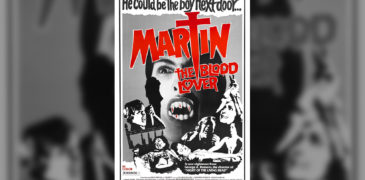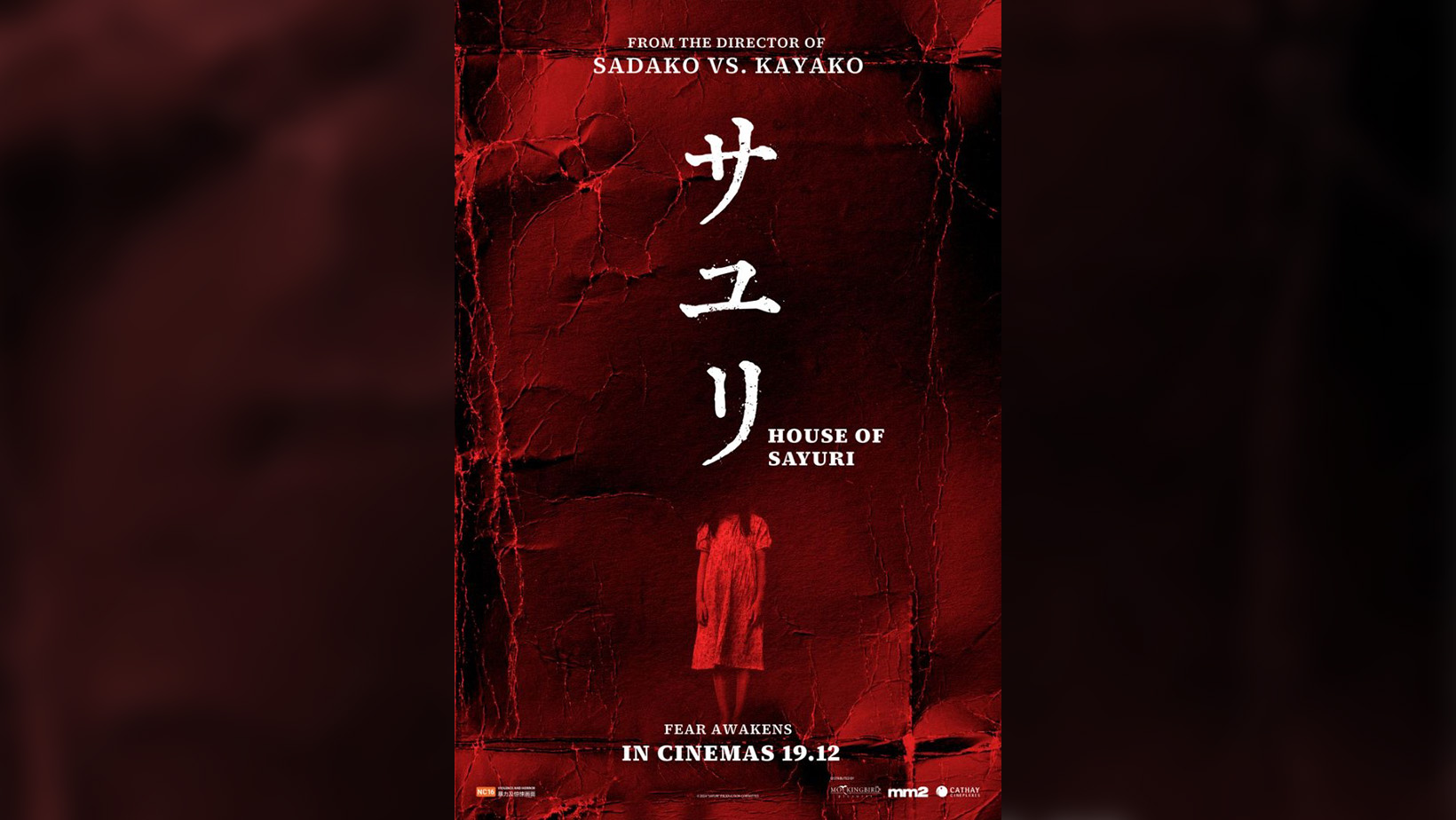
Filmmaker Koji Shiraishi has garnered quite a cult following over the years due to his continuous efforts within the horror world. Titles like Noroi: The Curse (2005) and Carved (2007) are relatively known amongst seasoned J-horror fans, but Shiraishi-san hasn’t managed to gain the attention that I believe he deserves. It pains me that a big chunk of his films aren’t more well-known within the horror community, but at the same time, there’s a charm attached to the obscurity. The dichotomy of wanting to keep a piece of beloved media to yourself while at the same time wishing that more people appreciated it is very interesting to say the least!
That’s not to say that his current fan base lacks fervency; on the contrary, you can easily compare the level of enthusiasm from fellow Shiraishi fans to that of any franchise community. His work does tend to teeter between very niche, low-budget releases that mainly go unheard of outside of Japan, and slightly more conventional releases which are usually part of a larger IP (Sadako vs Kayako certainly comes to mind). One of his most recent releases, House of Sayuri, or simply Sayuri, seems to have found its place somewhere in the middle of this teetering. The film had its North American premiere at last year’s Fantasia International Film Festival, but those unfamiliar with Shiraishi-san’s work might have been taken aback.
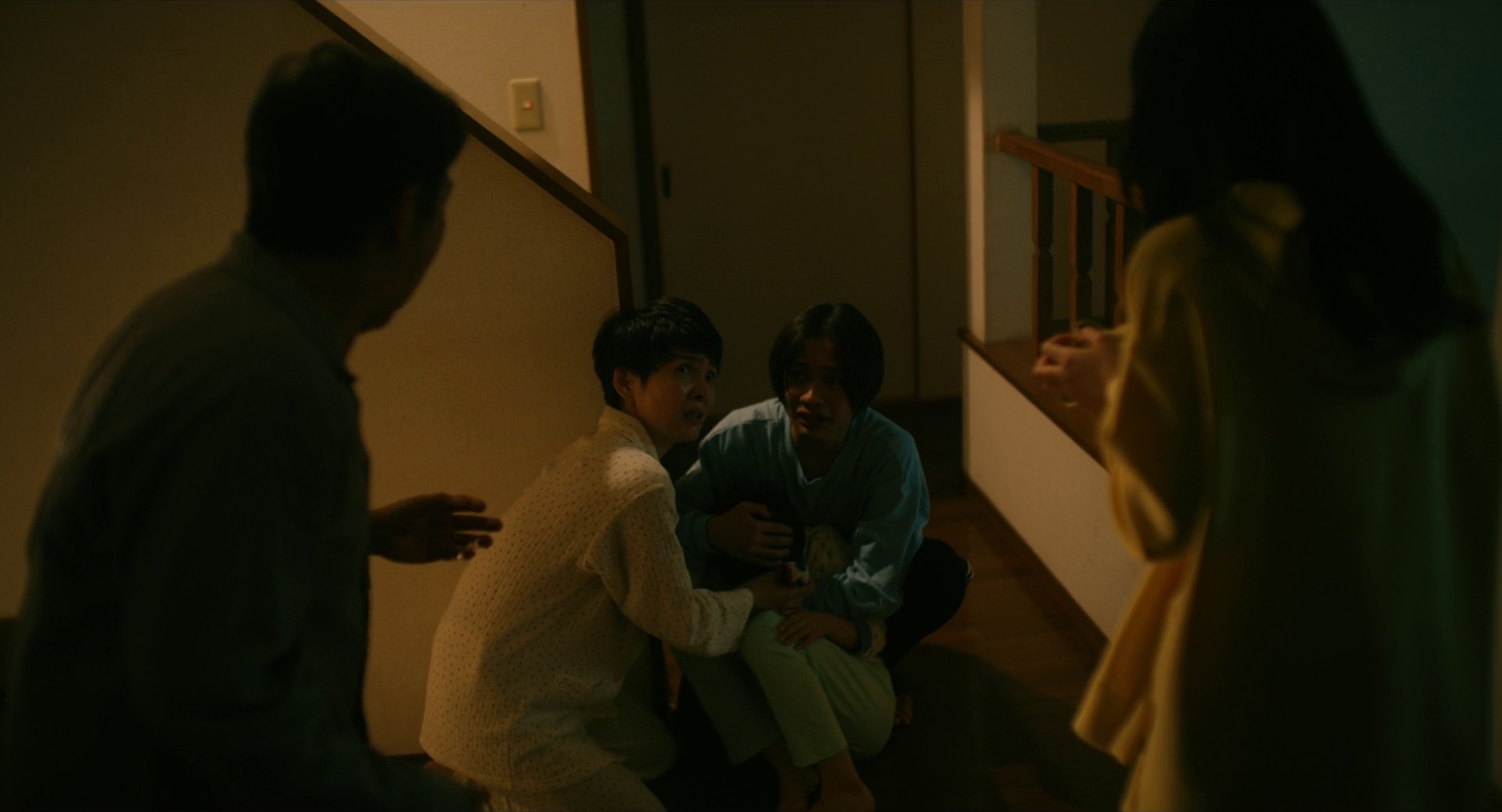
House of Sayuri is based on a manga of the same name by Rensuke Oshikiri and follows a family of seven—the Kamiki family—as they move into their long-awaited dream home in the countryside. As expected from this premise, strange things begin to occur inside the house. Ghastly visions of a young girl who died in the house are witnessed by the family, and their behavior slowly begins to change. The two members of the family who have yet to be affected are the eldest son, Norio, and his dementia-ridden grandmother, who has some type of epiphany when she realizes that her family is in danger. Together, they must uncover the truth behind the young girl’s untimely death and find a way to escape the grasp of her vengeance.
Although the synopsis may sound incredibly formulaic, Shiraishi-san has some tricks up his sleeve that will surprise casual viewers and will no doubt be greatly appreciated by his existing fans. I must immediately point out that there is a tonal shift about halfway through the film that I—and other viewers, I’m sure—was not expecting. This shift might initially give some viewers whiplash, but they will soon realize that it was very much intentional. I’m sure some viewers will be upset about it as well, but to each their own. The first half of the film plays out with the careful precision of every good haunted house flick. Shiraishi-san is of course no stranger to crafting a good horror set piece, and he takes full advantage of the higher budget he was given while not overdoing it. There is one scene in particular where he references one of his earlier films (Ju-Rei: The Uncanny, for those who didn’t catch it!) that had me squealing like a schoolgirl. I basically became the Pointing Rick Dalton meme but with a different facial expression.
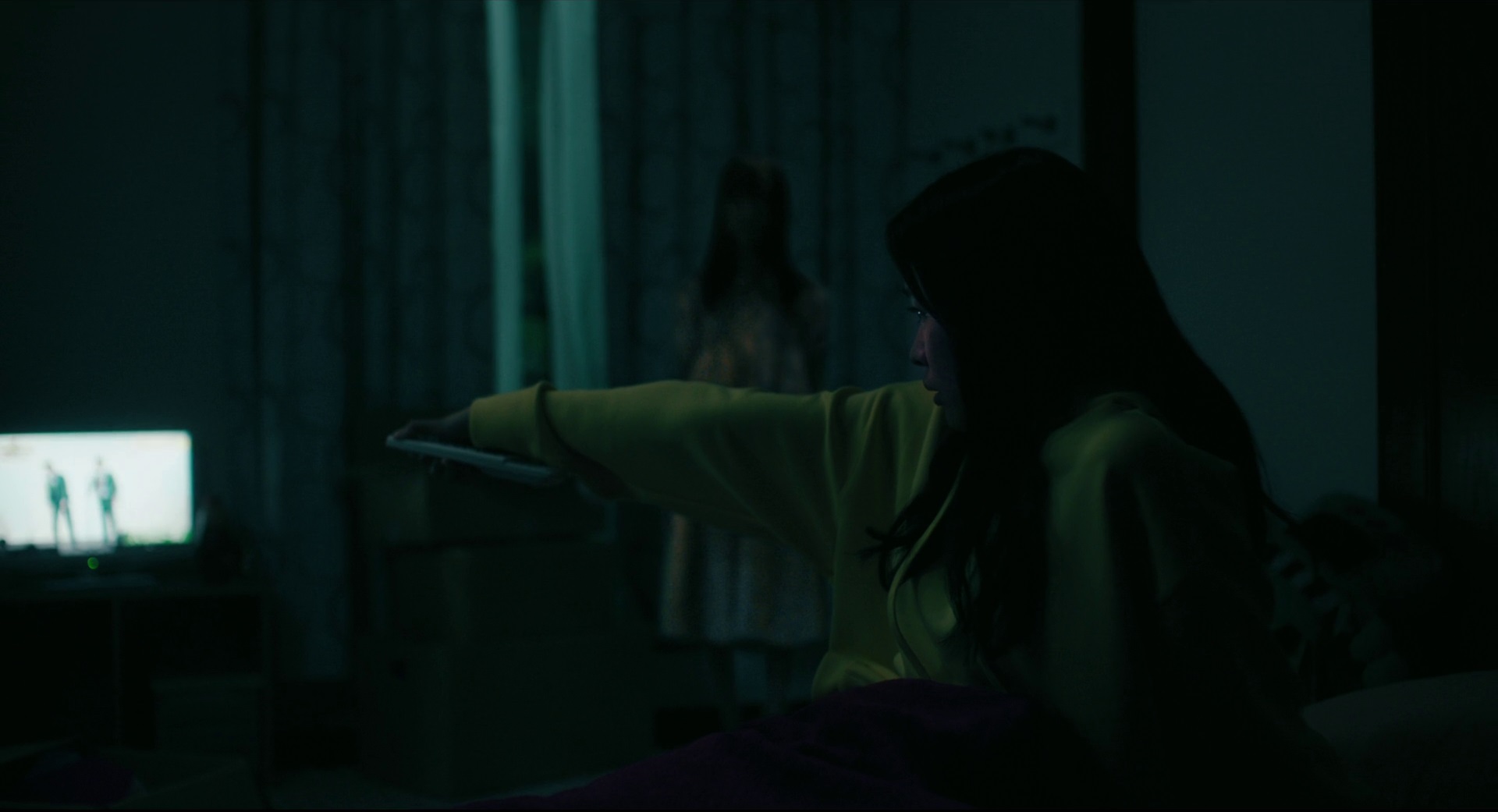
House of Sayuri becomes something more than just your average haunted house experience when Norio’s grandmother, Harue, goes through an unexpected development. Upon realizing that their family is in danger, Harue suddenly shifts their personality and becomes a beacon of light for Norio. Actress Negishi Toshie gives an unforgettable performance that may or may not have you second-guess how you handle tough situations. I don’t want to give too much away, so I’ll refrain from detailing exactly what her message is, but she is definitely one of the more significant highlights of the film. Not everyone will agree with this sentiment, however, as I know that tonal shifts are often frowned upon no matter what genre we’re talking about. “The movie doesn’t know what it wants to be” is a comment I often see while reading reviews, but the joke is on those to say this because House of Sayuri knows exactly what it wants to be.
The final act of House of Sayuri brings the bleak tone of the first act back to the forefront. A trigger warning is warranted for sensitive viewers, as the backstory is terribly upsetting. With that said, the viewer is granted a means of catharsis by the end of the film, which I very much appreciated. I’m curious to see how much of the story was taken directly from the manga—Mari Asato, known for Ju-On: Black Ghost, Ring of Curse, and Fatal Frame, is credited as one of the screenwriters, and I must applaud her (and Shiraishi-san) for handling the subject matter presented in the film with such prudence. Horror is one of the few genres that can tackle an immeasurable amount of sensitive topics in bold and creative ways, whether it be through allegory or straightforward narrative. The plot of House of Sayuri is more of the latter, but there is plenty to unpack regardless.

House of Sayuri is an amalgamation of Koji Shiraishi’s best horror movie traits. It features his standard supernatural elements, his wacky sense of humor, unrelenting violence, over-the-top characterizations, and his staple Lovecraftian tentacles. In other words, if you’re already a fan of his work, this will not disappoint you. Shiraishi-san is at the top of his game here, and I really hope that we see an official release outside of Japan at some point. If you’re not familiar with Shiraishi’s work, this might be a good stepping stone toward the rabbit hole that is his filmography. The best way to describe my experience while watching this film is “a horror roller coaster ride of emotions”. I probably shouldn’t have been affected by the film as much as I was (the ending really got me), but I’m not complaining!
More Film Reviews
At a dilapidated farmhouse that is slowly decaying Josiah (Robert Patrick), the aging patriarch of the Graham family ekes out a defeated existence boozing his way through his remaining life… Our Happy Place is a gritty psychological thriller slash modern murder mystery written and directed by Paul Bickel. The film weaves in worries that could only be understood by major… Audition (1999) is the scariest movie of all time. I say that without hesitation or hyperbole. No other director is as effective with their imagery as Takashi Miike is here,… Pareidolia is a 2023 short horror film directed by Aaron Truss, whose previous work includes the wonderful full-length documentary Cult of VHS (2022). Amazingly, this newest project was brought to… The international shorts on offer at this year’s Toronto After Dark Film Festival are among the strongest of the entire lineup. From bizarre Norwegian folk horror to a one-night stand… Martin doesn’t think much of being a vampire. He knows what he gets up to once the sun goes down. The way those women look at him when he suddenly…What Josiah Saw (2021) Film Review – The Legacy of Trauma
Our Happy Place (2024) Film Review – Roses for Raya
Audition (1999) Film review – A Delightful Descent into Madness
Pareidolia (2023) Review – A Short Film with Big Scare [FrigthFest]
Toronto After Dark Film Festival 2022 – International Shorts After Dark Showcase
Martin (1977) Film Review – The Horror of a Very Sad Vampire

Your typical ghoul next door; film enthusiast, horror fanatic, J-horror nerd, aspiring horror host, and all around geek. Will likely be found cuddling with their cat and reading an old smelly book, or stuffing their face with popcorn at the cinema!

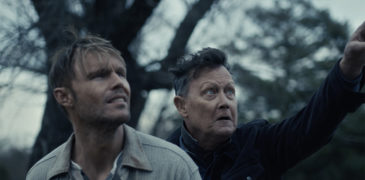

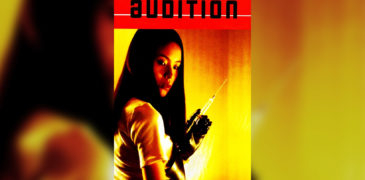
![Pareidolia (2023) Review – A Short Film with Big Scare [FrigthFest]](https://www.grimoireofhorror.com/wp-content/uploads/2023/08/Pareidolia-10-365x180.jpg)

